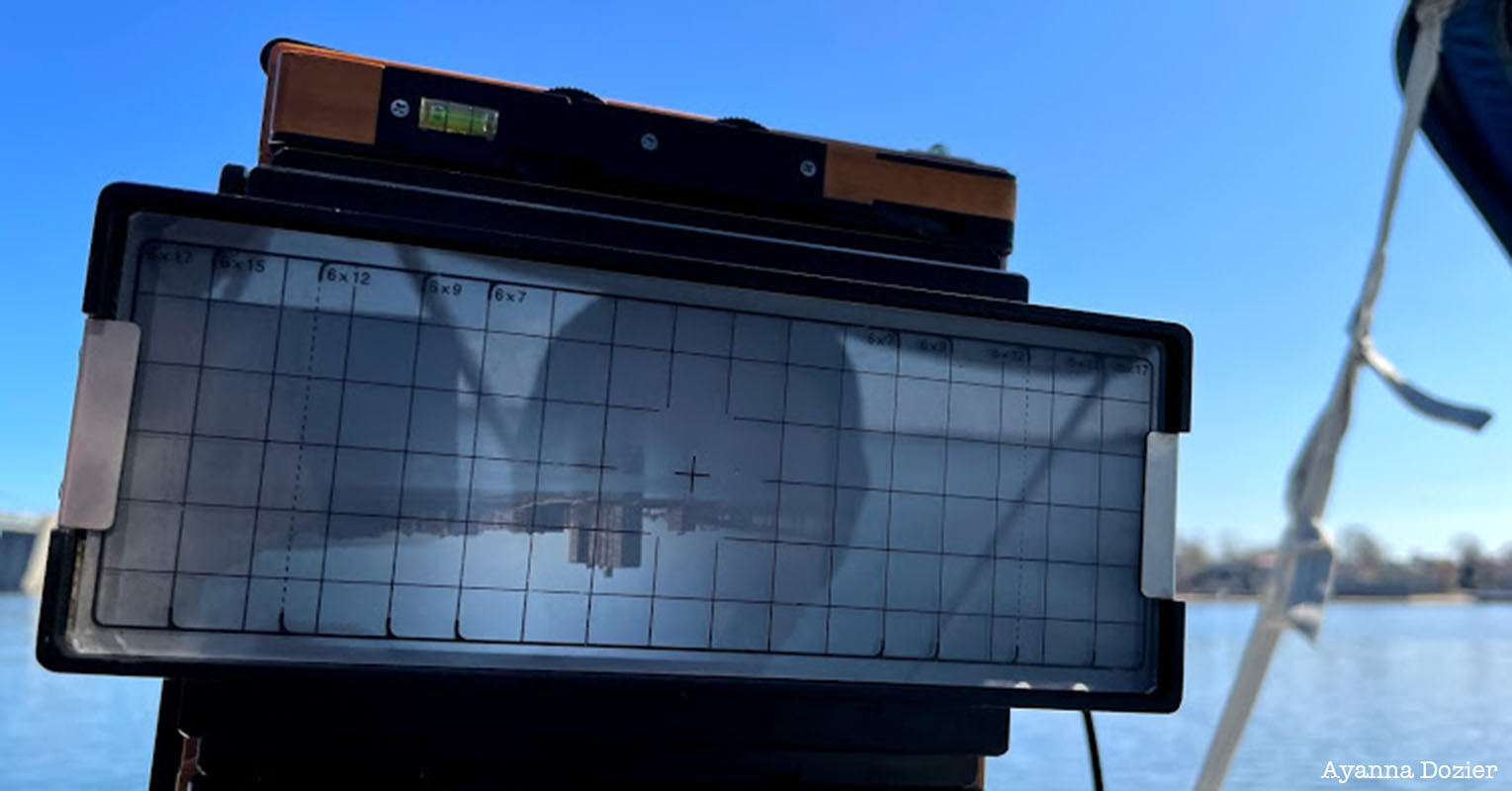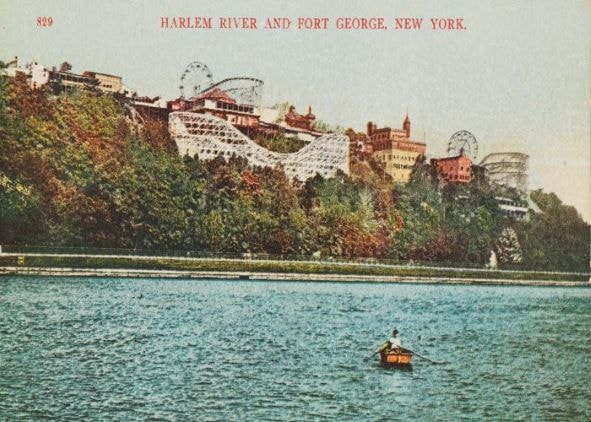Coney Island embodies the quintessential summer experience. Screams from the Cyclone travel to the boardwalk, which is lined with tourists eating Nathan’s famous hot dogs and custard. However, for a time, this summer haven was reserved for New York’s white population. Scholar, curator, and artist Ayanna Dozier strives to uncover a Coney Island reserved for New York’s Black population through her exhibit “Cities of the Dead” at The Shed.
Dozier worked with architect Nina Cooke John to bring the amusement park dubbed “Negro Coney Island” to life in their exhibit. Through her photography, archival photos, and a film that includes speculative monologues from the park’s creator and important Black cultural producers of the Harlem Renaissance, Dozier pieced together a previously erased part of history. John’s architectural renderings of the architect’s plans enhance the reimagined park.
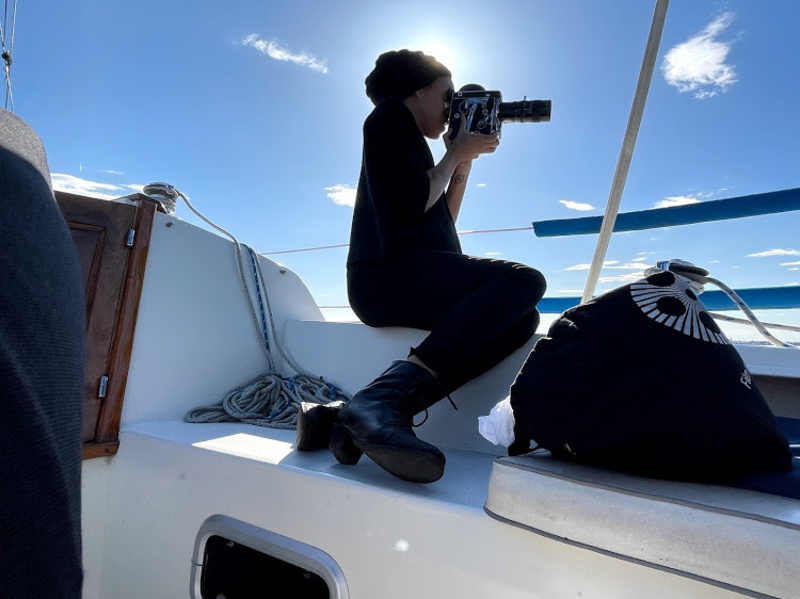
Before Dozier and John created “Cities of the Dead,” “Negro Coney Island” existed primarily in Dozier’s mind. Her interest in “Negro Coney Island” began after she found an article about an architecture project that never came to fruition. This project, commissioned by Solomon Riley, a boisterous figure from Harlem, would be an amusement park. To be located on Hart Island, the park could have been an oasis for Black culture and summer fun.
This amusement park then became the centerpiece of Dozier’s party stories. She captivated guests by what could have been. However, after diving further into her research about cemeteries, Dozier found that the amusement park was actually completed in summer 1924. New York City closed down the amusement park two weeks before it was supposed to open on July 4, 1925. The land on which the amusement park once stood would now extend the potter’s field on the island. Throughout history, the island has housed an asylum, a jail, and a sanatorium.
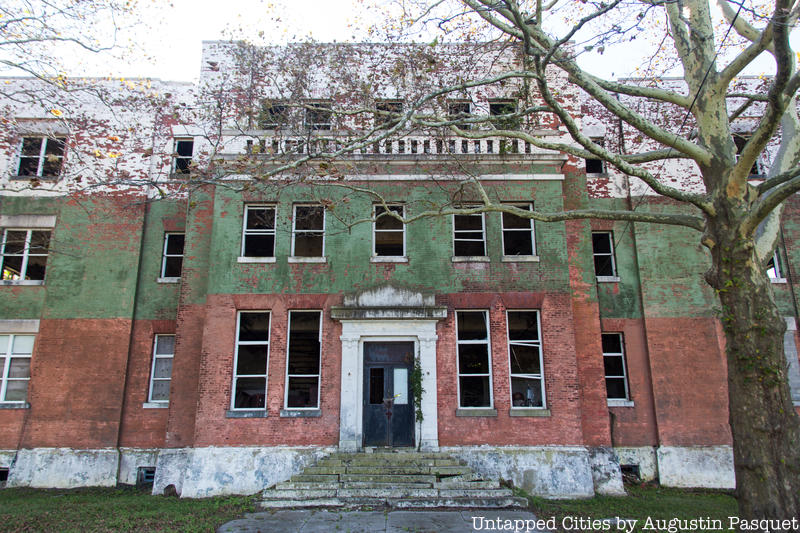
When Riley completed the amusement park, the jail was still in operation. Some feared that prisoners would use rowboats supplied by the amusement park to escape. This, along with the potter’s field on the northern tip of the island, were used as reasons to destroy the park. The park would then become a potter’s field on the southern tip of the island.
Had the amusement park opened, guests would have roamed around at least ten buildings. Activity centered around a Jazz Club, something that the original Coney Island never had. Other attractions included a dancing pavilion and bathing house. However, the other buildings remain a mystery, since New York erased most of the information about “Negro Coney Island” when they tore it down.
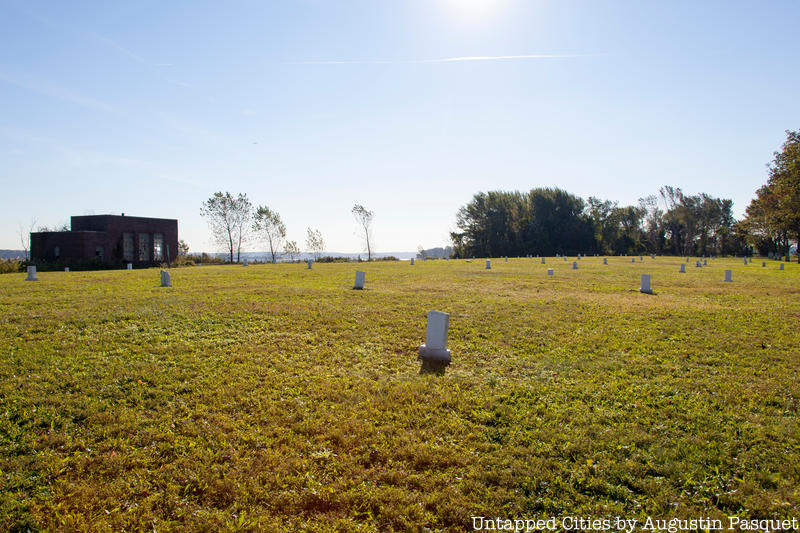
It is for this reason that Dozier uses a research technique called critical fabulation. This technique acknowledges that there are many truths to be uncovered and defined by those doing historical work. These researchers strive to fill in the blanks archives leave and correct the mistakes records allow.
“The erasure of [Negro Coney Island], both in tearing down the architectural structure and erasing a lot of [Riley’s] narrative, speaks to the ways in which, systems, and policy undergrid a way of exhausting Black emancipation,” Dozier said. “We often look at emancipation on the level of the spectacular out in the streets, going up against the oppositional force like the police or something. But we rarely will look at how the courts will literally just wear you down, and that’s what I see in Solomon Riley because he ultimately died from a heart attack while he was in his early 50s.”
Not only did the courts tear down Riley — he then fell into history’s oblivion. When Dozier began research about Riley, she only had his realtor license number and some immigration documents. Without a photo of this realtor giant or his birth certificate, Dozier pieced together his life.
“He was essential in renting out spaces and turning Harlem from an exclusively white neighborhood to that melting pot that enables individuals like Langston Hughes, Zora Neale Hurston, and Jimmy Daniels to go there and create this creative insurgency,” Dozier said. “It was purely through the boring elements of just renting and leasing out buildings.”
Riley’s relentless efforts to document his life through the press allowed Dozier to find information about him and his amusement park. After combing through the New York Times‘ archives, Dozier had enough keywords to tackle the archives of papers like the New Amsterdam News and the Negro World. Riley’s offhanded comment quoted in an article even allowed her to discover that “Negro Coney Island” had ten buildings.

By doing this research and creating an exhibit with architect Nina Cooke John, Dozier is animating lost history. A film written and produced by Dozier gives bodies, speech, and dialect to these figures lost to history. Even though these actors lack information about the figures they are playing, Dozier’s research allows them to give these figures, such as Riley, life. With familial relatives on her mother’s side hailing from Louisiana, Dozier and her family have rituals in which they bring figures to life in the same way.
“There’s a common ritual where you just give an ancestor a body,” Dozier said. “So you imagine an ancestor from the past and you try to embody that. It’s already a kind of broken ritual because you don’t need to know their name, you don’t need know to all the details. But by just giving the body, giving a face to some kind of ghost, in that way you’re bringing them within the present.”
Now, unclaimed, unknown New Yorkers’ bodies lay on the land where “Negro Coney Island” once stood. According to Melinda Hunt, President of the Hart Island Project, all of the bodies in the potter’s field on the southern side of Hart Island where the amusement park once stood were New Yorkers who died of AIDS. Hunt tells Untapped New York, “At the time, many funeral directors were refusing to handle the bodies of people who died of AIDS related illnesses. The default was a city burial for families who couldn’t find a funeral director. ” These bodies now find space in the present through Dozier’s exhibit.
“Negro Coney Island is trying to see what could have opened up that space,” Dozier said. “It really opens up that space as a kind of oasis for even the undead as well. The undead and the dead in that it kind of restores some type of peace to all of the things we don’t know about a racialized people in the world.”
See the exhibit “Cities of the Dead” at The Shed and join us for our next installment of Lost New York: Amusement Parks. You can grab tickets below to the event (or join for free as an Untapped New York Insider! Use code JOINUS for your first month of membership free)
Next, check out other lost New York amusement parks!






